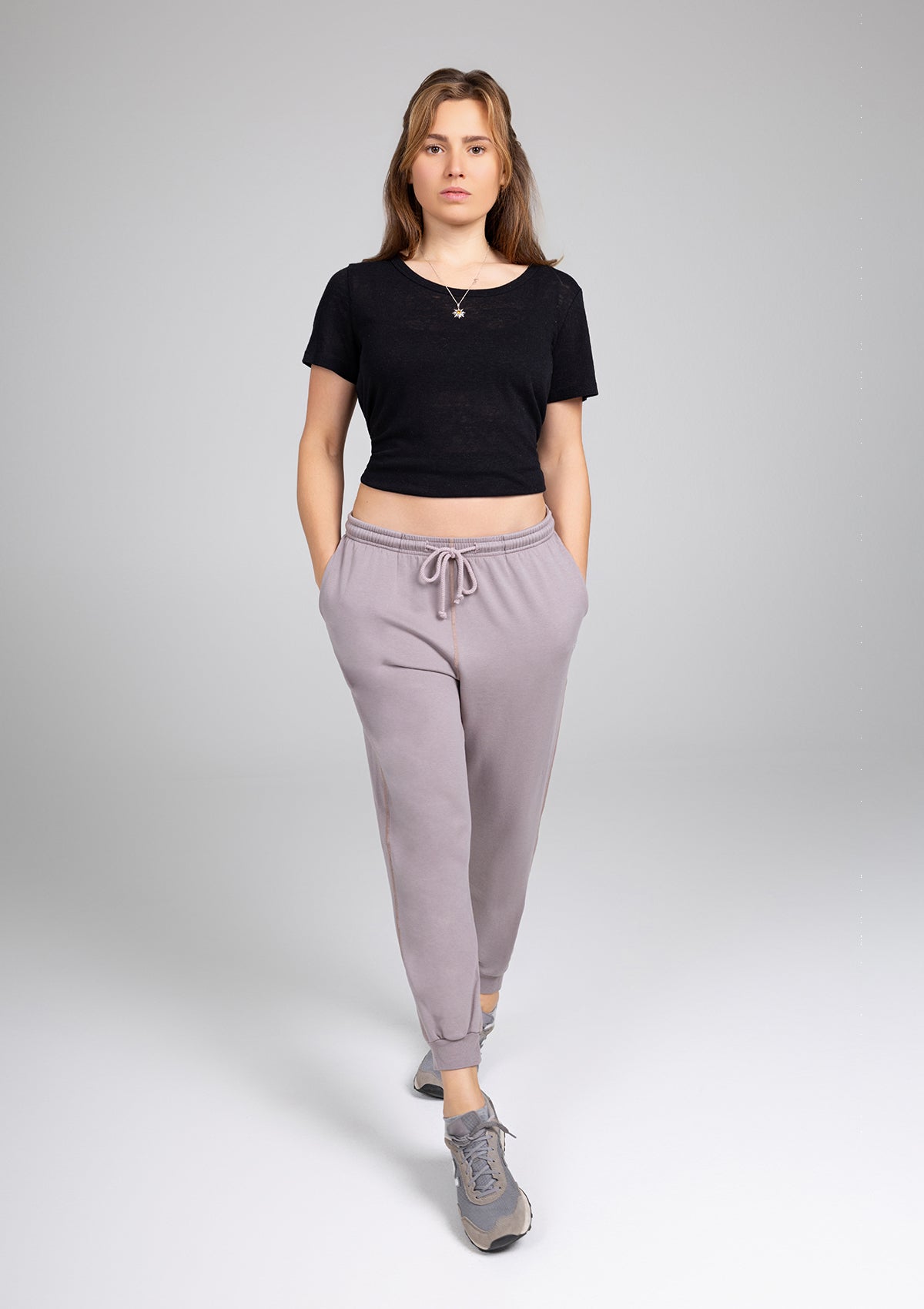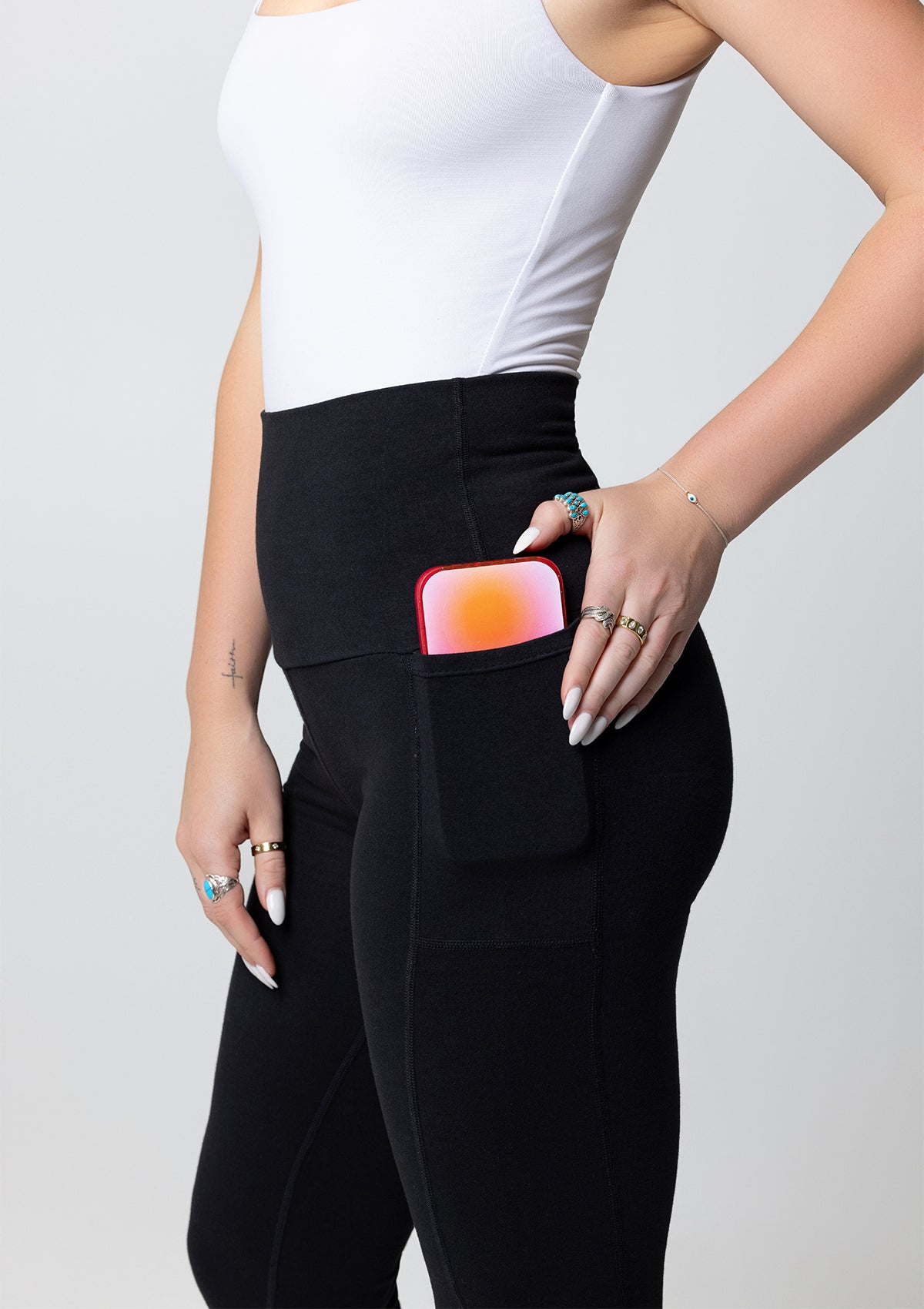
How “Great Artists Steal” Applies to Sustainable Fashion Innovation?
Is originality overrated? Sustainably, maybe it is. The pablo picasso quote “good artists copy, great artists steal” often attributed to Pablo Picasso and echoed by Steve Jobs poses an intriguing question: whether this quote truly sprang from Picasso, mature poets steal like T.S. Eliot claimed, or even someone else say it first, such as Einstein riffing on creative borrowing.
Yet, famous artists have long understood that great work builds on the shoulders of other artists, transforming ideas rather than merely reproducing them. In the realm of eco-conscious design, innovation seldom springs from a blank canvas. Instead, visionary brands look to proven techniques, organic farming methods, natural dye processes, and supply-chain transparency, and “steal” with intention, refining what already exists into something greater.
At PuraKai, we uphold this legacy of sustainable borrowing by focusing exclusively on GOTS-certified organic cotton, never generic cotton, and never 100% conventional cotton, while elevating natural fibers through thoughtful design and ethical production. By creatively adapting best practices in organic cotton cultivation and eco-friendly manufacturing.
We ensure that our activewear delivers performance, comfort, and planet-positive impact. In this blog post, you’ll discover how the philosophy of “great artists steal” applies to sustainable fashion innovation, learn why organic cotton matters, and explore practical insights on how PuraKai transforms borrowed ideas into industry-leading eco-activewear.
What Does “Great Artists Steal” Mean in Sustainable Fashion?

In the realm of eco-conscious design, the idea that “good artists copy, great artists steal” is a quotable quote often attributed to Pablo Picasso and echoed by Stravinsky, revealing a deeper truth about creative progress.
Rather than mere copying and stealing, this philosophy invites designers to expose themselves to the best of someone else’s work, absorb it fully, and transform it with their own vision.
Sustainably, that transformation often plays out through organic cotton clothes, where heritage techniques meet modern innovation. Here’s how this concept or as another artist might put it, “artist means learning, comes down to trying,” drives eco-fashion forward:
-
Borrowing with Purpose: Great artists steal’ isn’t about plagiarism; it’s about drawing inspiration from traditional weaving or dyeing and refining it for organic cotton leggings that perform and protect.
-
Absorption and Transformation: Like Picasso absorbing cubist ideas, sustainable designers immerse themselves in natural-fiber research, then reimagine those findings within a GOTS-certified organic cotton framework.
-
Originality through Synthesis: When you expose yourself to the best practices in both conventional and eco-friendly textiles, you create truly unique pieces of organic cotton clothes that bear the stamp of your personal style.
-
Innovation on Proven Methods: By building on proven organic farming techniques, designers accelerate progress in water savings and soil health rather than reinventing the wheel.
-
Shameless About Stealing Great Ideas: Embracing “good poets make, great poets steal,” sustainable fashion pioneers remix age-old craftsmanship into breathable, durable activewear without harmful chemicals.
-
Ethical Reinvention: Borrowed motifs or stitch patterns aren’t copied wholesale; they’re reinterpreted to meet strict environmental and social standards.
-
Continuous Learning: The process comes down to trying new blends, testing low-impact dyes, and iterating, much like how Stravinsky remixed classical forms into something radical.
-
Solutions-Focused Creativity: Every “stolen” element serves the goal of addressing eco-challenges. Whether it's waste reduction, fair labor practices, or circularity.
Sustainably, then, “great artists steal” becomes a mantra for responsible innovation. By absorbing the wisdom of the past and transforming it with cutting-edge organic cotton technology, designers craft activewear that honors tradition, protects the planet, and expresses a fresh, authentic voice.
How Sustainable Fashion “Steals” Brilliance?

As Pablo Picasso famously quipped, “good artists borrow, great artists steal,” but with a twist. Sustainable fashion thrives on this ethos, “stealing” brilliance from nature’s genius, cross-industry innovations, ancestral wisdom, and even waste streams to redefine what clothing can achieve.
At PuraKai, we’re part of this creative revolution, crafting organic cotton clothing that combines performance with environmental care. Unlike conventional 100% cotton, a water-intensive and chemically dependent crop, organically grown cotton is regenerative by design, mimicking nature’s cycles. Let’s explore how sustainable fashion transforms “theft” into transformative artistry.
1. Stealing from Nature: Biomimicry & Organic Cotton
Nature is the ultimate designer. Biomimicry the practice of imitating biological systems has given rise to fabrics that self-clean, like lotus leaves, or shimmer using plant-based dyes instead of toxic synthetics. Similarly, organic cotton farming “steals” from nature’s playbook by rejecting synthetic pesticides and fostering soil health through crop rotation. The result? A 62% reduction in energy use compared to conventional cotton, according to Textile Exchange.
For activewear, this translates to organic cotton leggings that breathe like a second skin, wicking moisture without relying on plastic-based blends. At PuraKai, we blend organic cotton with recycled elastic for stretch, demonstrating that harnessing nature’s resilience creates garments that perform with the planet, not against it.
2. Stealing from Industries: Cross-Sector Tech for Circular Solutions
Sustainable fashion thrives on cross-pollination. Take recycled ocean plastics spun into performance fabrics a tech “stolen” from waste management innovations. Low-impact dyes derived from avocado pits or food waste? That’s chemistry borrowed from the culinary world. These hybrids reduce the fashion industry’s footprint while delivering high-performance gear.
PuraKai’s designs embrace this interdisciplinary spirit. Our breathable organic cotton clothes integrate recycled materials, ensuring every piece supports circularity. As poet T.S. Eliot wrote, “immature poets imitate; mature poets steal,” and in fashion, maturity means repurposing ideas to build something utterly different.
3. Stealing from the Past: Reimagining Timeless Techniques
History is a treasure trove of sustainable wisdom. Vintage silhouettes, handloom weaving, and zero-waste patterns – these “old ideas” are reborn in modern organic cotton activewear. Traditional techniques, such as natural dyeing and repair-centric designs (think adjustable waistbands), combat today’s throwaway culture.
By reviving heritage craftsmanship, brands like PuraKai honor the past while innovating for the future. Our retro-inspired leggings aren’t just nostalgic, they’re proof that ethical design can feel fresh. After all, the “much better artist” doesn’t discard history, they reinterpret it.
4. Stealing from Waste: Circular Fashion’s Alchemy
Circular fashion turns “waste” into wonder. Deadstock fabrics, discarded fishing nets, and even coffee grounds are alchemized into high-tech textiles. PuraKai’s Zero-Waste Collection exemplifies this ethos, transforming factory offcuts into sleek leggings and tops.
This isn’t mere recycling, it’s reimagining value. As William Faulkner noted, “the past is never dead. It’s not even past.” In fashion, that means viewing every scrap as a resource. By “stealing” from landfills, we craft clothes that close the loop, ensuring nothing goes to waste.
Sustainable fashion’s “thefts” are anything but lazy they’re acts of reinvention. From biomimetic fabrics to organic cotton leggings that prioritize soil health over shortcuts, every innovation asks How can we 'steal' wisely to leave the planet better? At PuraKai, we address this by blending the purity of organic cotton with cross-industry ingenuity, proving that the best designs don’t exploit, they evolve.
How “Great Artists Steal” Applies to Sustainable Fashion Innovation?

In the world of sustainable fashion, creativity doesn’t exist in a vacuum it grows by building on what came before. The provocative phrase “great artists steal” is more than a catchy quote; it reveals a powerful truth about how innovation works. At PuraKai, where we design organic cotton clothes rooted in ecological values, we don’t see ourselves as inventing everything from scratch.
Instead, like the artists and inventors who came before us, we strive to bring the best aspects of the past into the present, only better, more ethical, and far more sustainable. From biomimicry to borrowing technologies from other industries, sustainable fashion thrives not on imitation, but on intelligent transformation. Let’s explore how this idea plays out in our industry.
1. The Origin of the Phrase: “Great Artists Steal”
The phrase “good artists copy, great artists steal” has long been attributed to Pablo Picasso and popularized by Steve Jobs. However, its deeper meaning is often misunderstood.
It doesn’t condone plagiarism or theft, it highlights how truly original work often comes from reimagining old ideas in new, transformative ways. As T.S. Eliot once said, “Immature poets imitate; mature poets steal. Bad poets deface what they take, and good poets make it into something better.”
That’s exactly what sustainable fashion innovators do. They don't mimic they reinterpret, improve, and innovate. A much better artist doesn’t simply recycle aesthetics; they forge new meaning and purpose, often with far greater environmental and social impact. For example, a designer working with organic cotton leggings might “steal” inspiration from nature or other fields but transform those elements into entirely new, low-impact designs.
2. Drawing from Nature: Biomimicry and Natural Design Principles
One of the most effective ways that great artists incorporate sustainable fashion is through biomimicry. This design philosophy examines nature’s time-tested strategies for addressing human challenges. Designers don’t replicate nature; they learn from it and create something utterly different yet deeply inspired.
Take, for instance, waterproof textiles inspired by the lotus leaf. These surfaces repel water using microscopic structures a principle that has been adapted into eco-friendly, water-resistant fabrics. Or consider how scientists have mimicked spider silk to create biodegradable threads stronger than steel but far gentler on the planet.
At PuraKai, our approach to design is also informed by nature, not just in its function, but in its values. Our organic cotton clothing is made using regenerative agriculture methods that respect soil health, avoid toxic chemicals, and promote circularity. We don’t follow fleeting trends, we respond to natural systems. This alignment with nature is central to our design philosophy and can be explored more on [Our Sustainable Fabrics](<<insert link>>).
3. Adapting Technology from Other Industries
Innovation in sustainable fashion doesn’t happen in isolation. We often see breakthroughs when the industry “steals” ideas from other fields and adapts them to clothing production. For example:
-
Eco-friendly dyeing techniques: The use of low-impact dyes in natural food production and artistic practices has inspired textile manufacturers to minimize water usage and avoid harsh chemicals.
-
Waterless dye tech: Borrowed from industrial printing, this method now helps reduce the enormous water footprint of conventional denim manufacturing.
-
Recycling innovation: The packaging and plastics industries have developed advanced mechanical and chemical recycling systems tools now being used to turn old textiles into new fibers.
At PuraKai, even our organic cotton production doesn’t exist in a silo. We incorporate learnings from regenerative agriculture. Such as crop rotation, composting, and natural pest management, to cultivate cotton in a manner that nurtures biodiversity and sequesters carbon. These aren’t fashion trends; they’re part of a broader knowledge ecosystem that fuels true innovation.
The phrase “great artists steal” reminds us that sustainability is as much about creativity as it is about responsibility. When a designer chooses to work with organic cotton leggings over synthetic ones, or incorporates non-toxic dyes instead of harmful chemicals, they are transforming what came before, not merely copying but reshaping the future of fashion. The artist doesn’t just imitate; the artist makes.
Conclusion: What Will You Steal to Make the World Better?
Sustainably, the saying “great artists steal” isn’t about copying, it’s about taking old ideas and making them much better. Poets imitate, bad poets deface, but artists make something new by transforming what came before. At PuraKai, we “steal” only what serves the planet: timeless principles, natural fibers, and eco-conscious design.
Then, we try to bring those things forward in a way that’s at least something different, utterly different from fast fashion. We don’t offer conventional cotton; we use only organically grown cotton, a cleaner, safer, and more ethical fabric for both you and the earth.
Whether you’re slipping into organic cotton clothes or stretching in organic cotton leggings, you're wearing innovation that respects nature. Explore PuraKai’s organic cotton collections and be part of a movement where mindful choices meet creative reinvention. After all, isn’t sustainability just artistry with a purpose?






Leave a comment
This site is protected by hCaptcha and the hCaptcha Privacy Policy and Terms of Service apply.